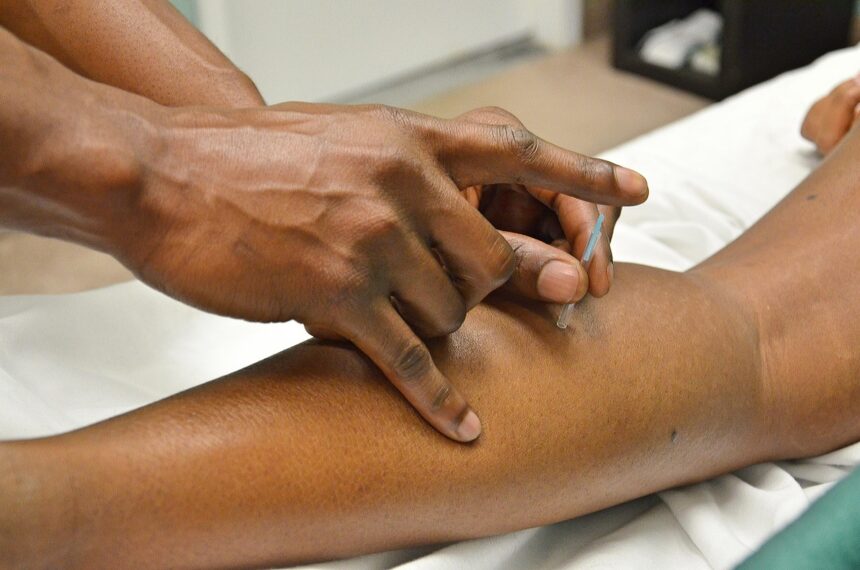When a thin acupuncture needle touches your skin, your brain doesn’t stay silent. It reacts, and it turns out that men and women’s brains may not react in the same way.
That’s what researchers found when they scanned volunteers during acupuncture at LR3, a point on the foot commonly used in traditional Chinese medicine. This spot, known as Taichong, is thought to influence stress and emotions.

To test what really happens in the brain, 55 healthy young adults (30 men and 25 women) were enrolled and scanned. After excluding nine participants for excessive head movement or partial image loss, the final analysis included 46 participants (25 men, 21 women). Afterward, they described what they felt using a standard questionnaire, the Massachusetts Acupuncture Sensation Scale (MASS), which includes sensations such as soreness, tingling, and numbness.
The brain scans showed distinct patterns between the sexes. In women, activation occurred in the left inferior cerebellar gyrus, right superior marginal gyrus, and left postcentral gyrus. In men, activation was found in the right superior margin gyrus, left central sulcus, and right paracentral lobule.
In simple terms, both groups showed responses in regions tied to body sensation and movement, but the exact mix of brain areas was not the same.
The connectivity results were also telling. Women showed stronger thalamic functional connectivity with regions including the bilateral caudate nucleus, right precuneus, and bilateral lingual gyrus. The paper reports lateralized patterns for left and right thalamic connections. This suggests their brains may be linking acupuncture signals into wider sensory and emotional networks compared to men, though the lateralization details are important and were reported specifically in the study.
The sensations people reported matched the brain findings in some ways. Both sexes experienced acupuncture sensations, but the study found statistically significant differences on several items of the MASS scale. Women reported higher soreness, sharp pain, tingling and numbness, while men reported higher pressure, heaviness and swelling. These differences were not minor, they were statistically significant.
For anyone who has tried acupuncture, this probably feels familiar. Some describe it as dull pressure, while others feel sharper or spreading sensations. This study hints that sex may be one of the factors shaping those differences.
Traditional Chinese medicine has long tied the liver meridian where LR3 sits to emotional balance. Interestingly, some of the brain regions more active in women are also associated with emotion and self-awareness. That overlap is suggestive but remains interpretive rather than proof of a TCM mechanism.
The researchers don’t claim this means acupuncture is “better” for one group than another. The sample was relatively small and limited to young, healthy adults, and several participants were excluded for data quality, so conclusions should be cautious. Instead, the point is that acupuncture does not act on a blank slate. Biological factors like sex matter, and they leave signatures in both the brain and the sensations people describe.
For practitioners, the study may add weight to the idea that treatment could benefit from personalization. For patients, it shows that the way you feel during acupuncture has measurable brain correlates, not just personal impression.
Acupuncture may be an ancient practice, but with tools like brain imaging, science is beginning to show how differently it plays out across individuals.
Story Source: Chu et al. (2025), published in Frontiers in Human Neuroscience. Read the original study here. This work is published under a Creative Commons license.
Note: Content may be edited for style and length.







